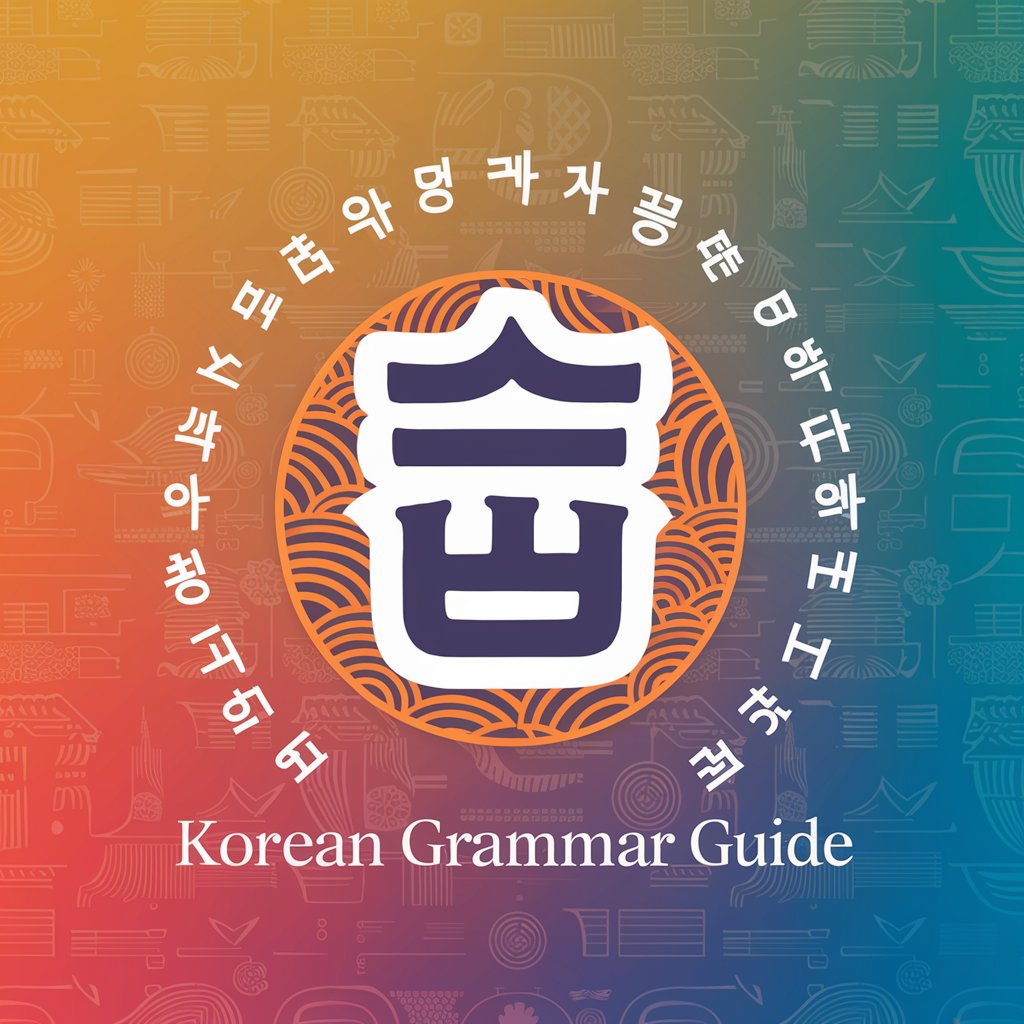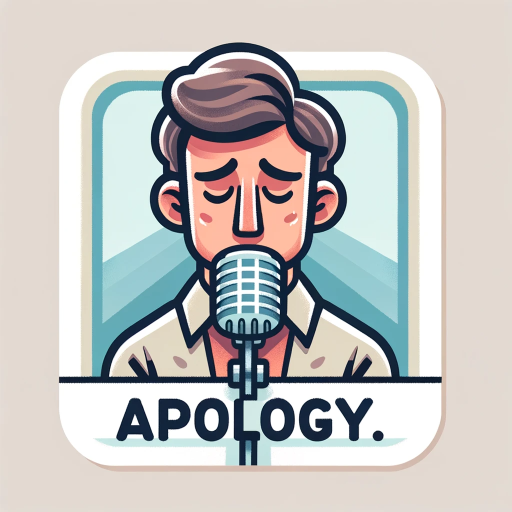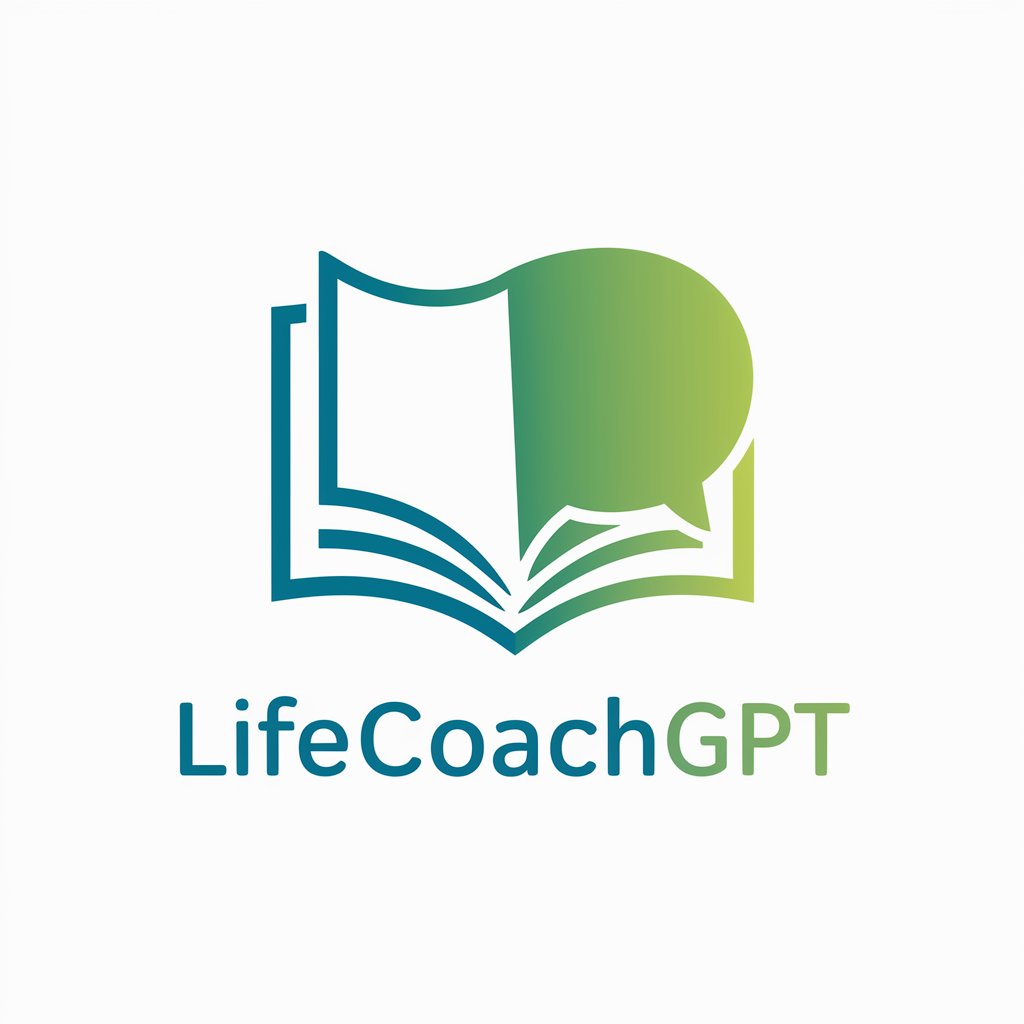Korean Grammar Guide - Comprehensive Korean Learning

안녕하세요! Let's explore Korean grammar together.
Master Korean grammar with AI-powered guidance
How do you express a wish or desire in Korean?
Can you explain the structure for making comparisons in Korean?
What are the different ways to state an opinion in Korean?
How can I talk about possibilities or probabilities in Korean?
Get Embed Code
Introduction to Korean Grammar Guide
The Korean Grammar Guide is a specialized virtual tutor designed to assist learners of Korean language at various levels of proficiency. Its primary goal is to offer clear, detailed explanations of Korean grammar, incorporating cultural insights to enhance understanding and application. The Guide is structured to be approachable and engaging, employing a blend of humor and professionalism to make learning an enjoyable and effective process. For instance, when explaining the grammar point '-(으)ㄹ 수 있다/없다' for expressing ability or possibility, it not only provides the rule but also cultural nuances and examples like '한국어를 할 수 있어요' (I can speak Korean) and '이 문제를 풀 수 없어요' (I can't solve this problem), illustrating its practical usage in everyday conversations. Powered by ChatGPT-4o。

Main Functions of Korean Grammar Guide
Detailed Grammar Explanations
Example
Explaining the concept of honorifics in Korean, such as the difference between '합니다' (formal) and '해요' (polite).
Scenario
Useful for learners unfamiliar with the concept of varying politeness levels in Korean, enabling them to communicate respectfully in different contexts.
Cultural Insights
Example
Discussing how to address family members in Korean, highlighting terms like '어머니' (mother) and '아버지' (father), and the cultural importance of family hierarchy.
Scenario
Helps learners understand Korean family structures and the significance of titles, improving their conversational skills in family-related contexts.
Interactive Practice Sessions
Example
Offering practice exercises for constructing sentences using the '-아/어야 하다' structure for expressing obligation or necessity.
Scenario
Assists learners in applying grammar rules to create their own sentences, enhancing their writing and speaking abilities.
Feedback and Correction
Example
Providing constructive feedback on user-generated sentences, highlighting errors and suggesting improvements.
Scenario
Encourages learners to refine their language skills through personalized feedback, focusing on areas of improvement.
Ideal Users of Korean Grammar Guide
Beginners
Individuals new to the Korean language who need foundational grammar and vocabulary. They benefit from the Guide's clear explanations, practical examples, and cultural insights, making the initial learning phase less daunting.
Intermediate Learners
Learners who have a basic understanding of Korean but wish to deepen their knowledge of complex grammar structures, idiomatic expressions, and cultural nuances. The Guide provides detailed explanations and interactive practice, facilitating their progression.
Advanced Learners
Those seeking to polish their fluency and understanding of nuanced grammar points and cultural aspects. The Guide offers advanced insights and feedback, helping them achieve near-native proficiency.
Cultural Enthusiasts
Individuals interested in Korean culture and language as a hobby or for travel purposes. They benefit from the cultural insights and practical language tips that allow for a deeper connection with Korean culture.

How to Use Korean Grammar Guide
1
Start with a free trial at yeschat.ai, accessible without the need for login or a ChatGPT Plus subscription.
2
Explore basic to advanced grammar lessons tailored to your learning level, focusing on specific areas where you seek improvement.
3
Utilize interactive exercises to practice what you've learned, reinforcing your understanding of Korean grammar structures.
4
Ask specific questions about Korean grammar to receive detailed, customized explanations and examples.
5
Regularly review feedback and use the tool’s tracking feature to monitor your progress and areas for further study.
Try other advanced and practical GPTs
ShakespeareGPT
Reviving Shakespeare with AI

I'm sorry
Crafting Sincere Apologies with AI

Fridge Chef
Turn Your Fridge Contents into Culinary Creations

LaravelGPT
Empowering developers with AI-powered Laravel guidance.

Pharmacist GPT
Empowering Pharmacy with AI

Logo Muse by B12
Craft Your Brand's Identity with AI

NewsletterWorthyGPT
Uncover newsletter insights with AI.

LifeCoachGPT
Empower Your Growth with AI Coaching

CISSP Instructor
Master CISSP with AI-Powered Precision

Sanatana Dharma
Explore Timeless Spiritual Wisdom

Dan Bonkers
Empowering Personal Growth with AI

NegotiatorGPT: Elite Techniques for Advantage
Empower negotiations with AI-driven insights

Frequently Asked Questions about Korean Grammar Guide
How can beginners best utilize the Korean Grammar Guide?
Beginners should start with foundational grammar lessons, focusing on simple sentences, basic verb conjugations, and essential vocabulary. Using the interactive exercises, they can practice these concepts in context, gradually increasing complexity as they become more comfortable.
Can the Korean Grammar Guide help with understanding advanced grammar concepts?
Absolutely. For advanced learners, the guide covers complex sentence structures, nuanced grammatical forms, and the subtleties of formal and informal language use. It also provides insights into idiomatic expressions and cultural nuances embedded in the language.
Is there a way to track my learning progress with the Korean Grammar Guide?
Yes, the guide features a progress tracking tool that allows learners to monitor their advancements in understanding and applying Korean grammar rules, providing a clear roadmap of what areas have been covered and what still needs attention.
How does the Korean Grammar Guide adapt its explanations to different user levels?
The guide dynamically adjusts the complexity of its explanations based on the user’s proficiency level. For beginners, it uses simpler language and more examples; for advanced learners, it delves into deeper analysis and explores the nuances of grammar usage.
Can I ask for examples of specific sentences or phrases in Korean?
Yes, users can request examples of specific sentences or phrases. The guide then provides translations, explanations, and context for the requested content, helping learners understand how and when to use these expressions correctly.
